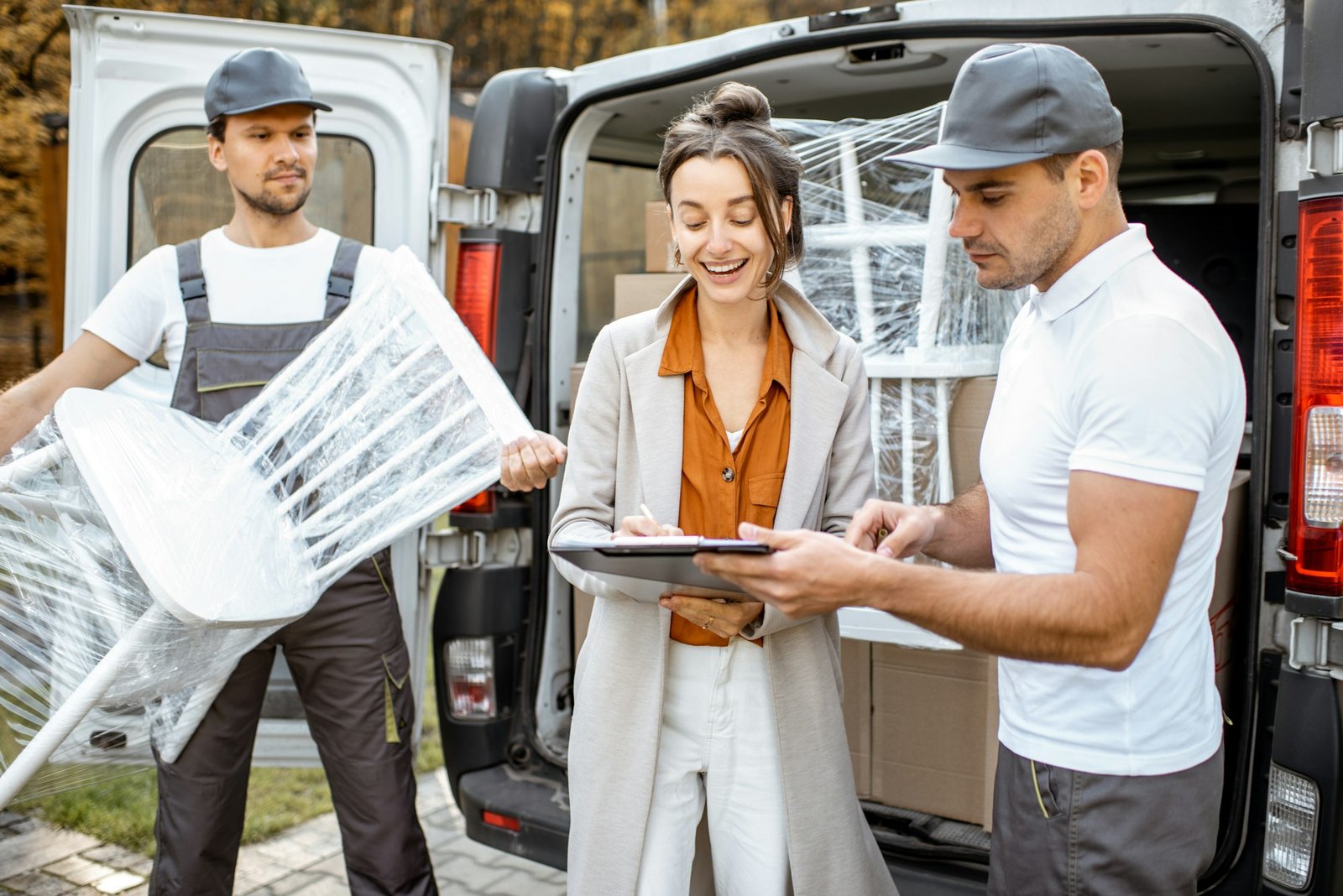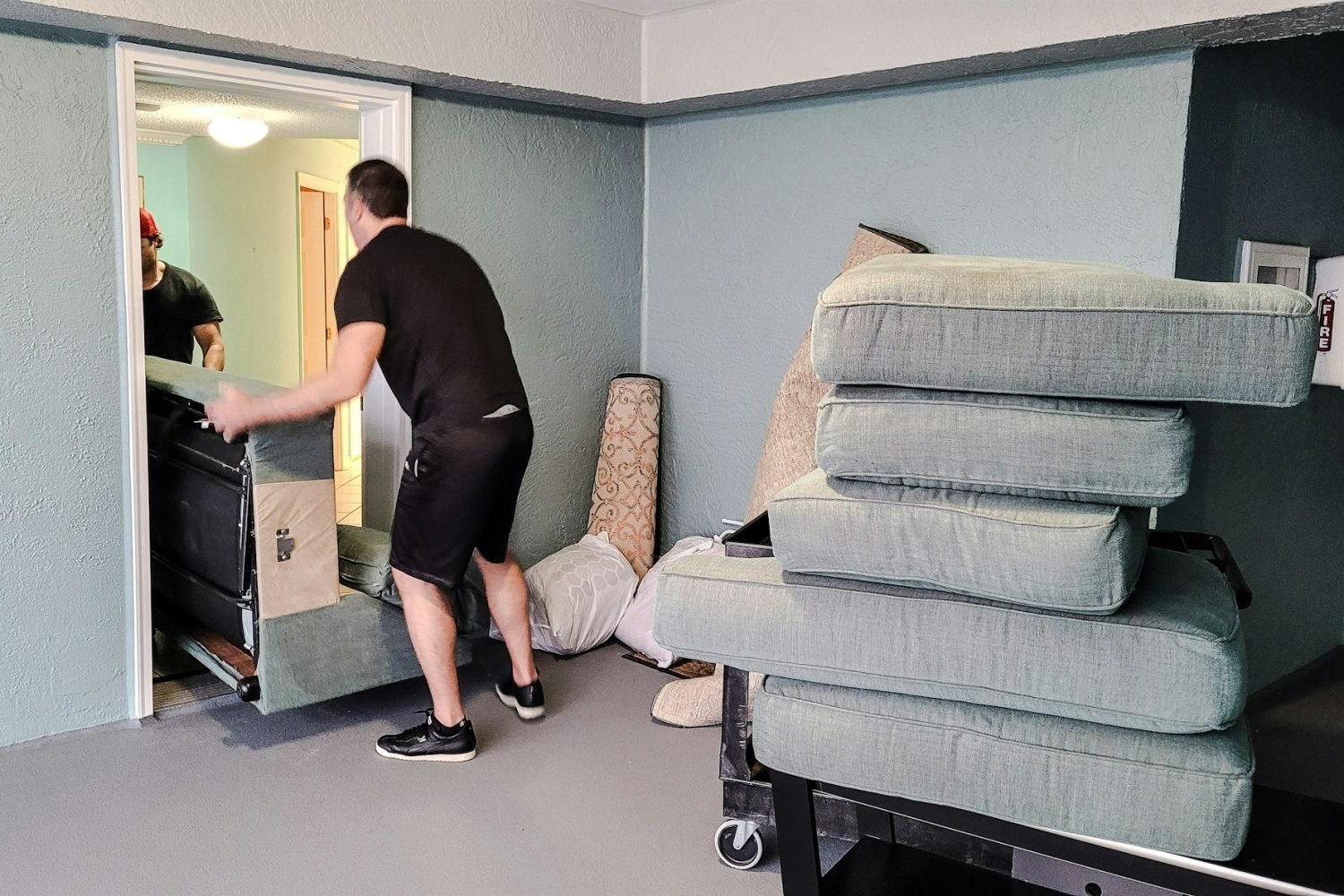Moving can be stressful, but when you add in concerns about waste and environmental impact, it can feel overwhelming. That’s where Zero-Waste Relocation comes in—a smarter, more eco-conscious approach to moving that helps reduce the waste typically generated during the process. From packing materials to old belongings, a zero-waste move ensures that you leave a minimal environmental footprint. In this guide, we’ll share some practical tips and strategies that can help make your next move greener and more efficient.
What Is Zero Waste Relocation?
A Zero-Waste Relocation means consciously planning your move to generate as little waste as possible. It focuses on reducing, reusing, and recycling materials while moving from one location to another. By choosing sustainable options, not only are you helping the environment, but you’re also saving money and resources along the way.
Most of the waste in a typical move comes from packaging materials like cardboard boxes, bubble wrap, and plastic tape. However, in a zero-waste move, you opt for reusable containers, recyclable materials, and smarter packing solutions.
Why Choose Zero-Waste for Your Next Move?
Opting for a zero-waste relocation has multiple benefits. First, it’s eco-friendly, which helps reduce your carbon footprint. Moving can generate significant waste, especially when materials like plastic, foam, and cardboard are used once and discarded. By reducing waste, you’re contributing positively to the environment.
Additionally, it’s also cost-effective. Sustainable moving strategies often result in fewer materials purchased, and what you do buy can often be reused for future moves or storage. Lastly, a zero-waste move can also reduce clutter, as you will have to be intentional about what to keep and what to discard.
How to Plan for a Zero-Waste Relocation
The first step to any Zero Waste Relocation is proper planning. By organizing early and carefully evaluating your belongings, you can ensure a smoother, greener move.
1. Declutter Responsibly
Before you even start packing, take the time to declutter. Go through your items and sort them into categories: keep, donate, recycle, and dispose of responsibly. You can even host a garage sale or donate unwanted goods to local charities, giving your items a second life.
2. Use Eco-Friendly Packing Materials
One of the easiest ways to have a zero-waste move is to choose eco-friendly packing materials. Instead of buying new boxes, reuse containers you already have, such as suitcases, storage bins, and bags. Alternatively, you can borrow or rent reusable crates. For padding, opt for biodegradable packing peanuts, newspapers, or towels.
3. Avoid Single-Use Plastics
Traditional packing tape, bubble wrap, and plastic covers are all culprits in creating unnecessary waste. Try switching to plastic-free alternatives such as kraft paper tape and recyclable materials. Using reusable cloth wraps like furoshiki or old blankets for wrapping fragile items is a simple yet effective zero-waste solution.
4. Hire an Eco-Friendly Moving Company
Not all moving companies are created equal when it comes to environmental consciousness. When looking for movers, inquire about their sustainability practices. Do they use fuel-efficient vehicles? Do they offer reusable packing materials? Jean Movers, for example, specializes in zero-waste moves in Singapore, offering sustainable moving solutions that cater to eco-conscious clients.
Sustainable Practices During the Move
On the day of your move, there are still ways to ensure you stick to your zero-waste plan.
1. Pack in Stages
Packing in stages reduces stress and helps you make more sustainable decisions. By packing room by room, you have the time to thoughtfully consider how to pack each item and ensure that nothing is wasted. Plus, it allows you to separate recyclables, donations, and items that can be repurposed.
2. Repurpose as Much as Possible
Get creative with repurposing items to avoid waste. Old sheets can serve as protective wraps, and cardboard pieces can be reused for labeling or to cushion items. The more you repurpose, the less you’ll have to throw away at the end of the move.
3. Recycle Properly
If you find yourself with materials that can’t be repurposed, be sure to recycle them properly. Many recycling centers accept packing materials like cardboard, paper, and some plastics. Check local guidelines in your area to ensure your recyclables are disposed of correctly.
Benefits of Zero-Waste Relocation for the Planet
The environmental impact of a traditional move can be significant, especially when it involves throwing away large quantities of materials like cardboard, plastic, and household items. Zero Waste Relocation actively minimizes this waste, contributing to a healthier planet by lowering your carbon footprint and encouraging recycling and reuse.
By embracing zero-waste principles, you’re setting an example for others and helping to build a culture of sustainability. Small steps taken by many individuals can lead to a huge impact on reducing overall waste and promoting a greener future.

Final Thoughts on Zero-Waste Relocation
Planning a Zero Waste Relocation is more than just a trend—it’s a commitment to living sustainably and mindfully. By choosing eco-friendly packing materials, decluttering responsibly, and working with sustainable moving companies like Jean Movers, you can help reduce your environmental impact while enjoying a smoother, cleaner move.
To learn more about how Jean Movers can help you with your zero-waste move, visit our website today!




